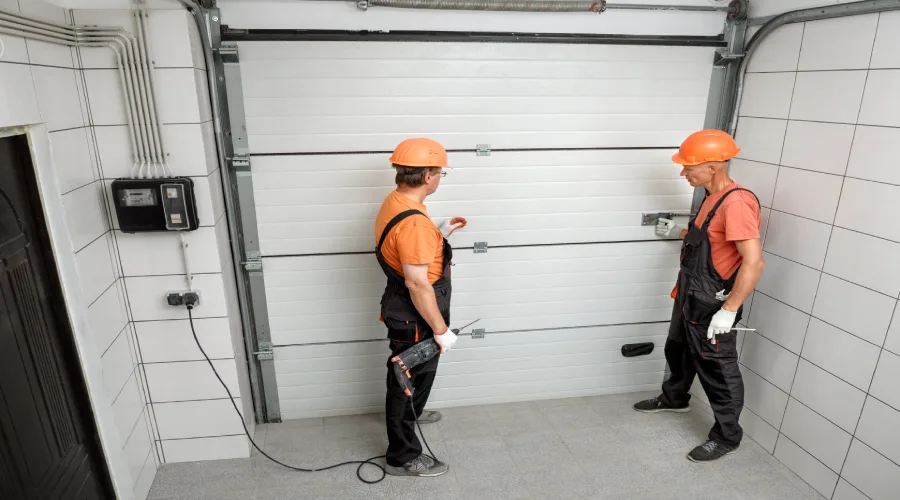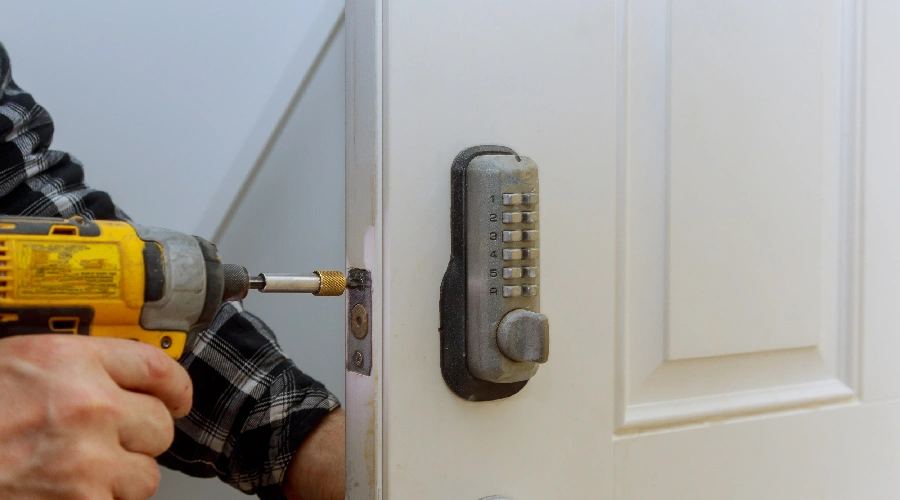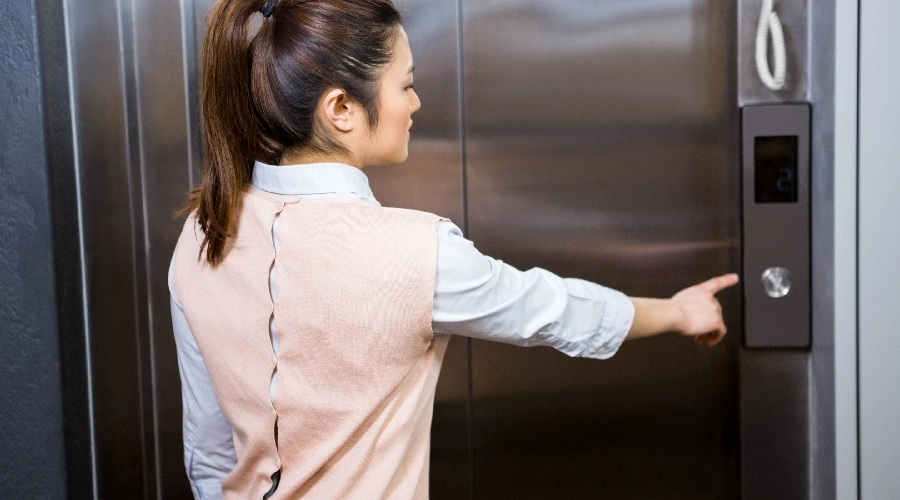The lifting Links
Contrary to what is commonly believed The lifting mechanism of your entryway actually has absolutely nothing in common with your carport's entryway opener. It's actually the carport entryway springs that Broomfield residents can thank for the simple, smooth approach to lifting the entryway up, then tucked in your carport's roof. But the springs themselves aren't connected directly to the entranceway. Everything being equal they're connected to drums or pulleys that linkages are able to transfer the force of the springs towards the task of lifting the entranceway. Usually, there's one "lifting" link for either side of the entrance. Garage Door Cables Repair in Toronto describes that both of these links fail, the entryway will lift and lower in a jumbled manner and eventually slide through and around.
Different Types Of Lifting Links
Lifting links can be used with one of two designs, as there are two types of springs that are used to raise the entranceway. They are either twist or expansion springs.
Twist springs retain their energy through looping. They are positioned on the wall, over the entrance, and lined with it. When lifting the entranceway, the twist spring sloughs off its storage of energy. The most popular method of lowering the entryway is the twist spring loops again which stores energy to be used for the next lift.
Extension springs can store their energy by expanding. They are opposite the entranceway, which extends again into the carport, which is aligned to the track. Augmentation springs let off their energy as they lift the entranceway, and then "re-energize" their own, metaphorically in the sense that the entryway is lowered and they expand.

How Do You Define Garage Door Cable?
Cables for garage doors are steel wire strands that lift the door up or down by pulling pulleys connected to either side of the door once the opener is on. The purpose of these cables is to transfer the extension or torsion springs and lifting force to the bottom brackets of your door. There are two kinds of cables utilized in garage doors that are used: safety cables and lift cables. Lift cables and, sometimes, retainer (safety) cables can also be used to balance garage doors.
Cables for lifting are wound around drums or sheaves and are connected to the door's fixture brackets at the bottom from both angles. Drums made of cable are utilized as torsion spring systems and sheaves are utilized as extension spring systems. They are generally located inside the core hollow of extensions. When the spring is broken they stop the broken part from flying away and striking people or objects within the garage. They do not need holding cables since they are permanently connected to a shaft or tube.
Common garage door cable problems
Cables Falling Off The Drums
Cables that are slack as well as broken cable are two of the most frequently cited reasons for cables to fall off of the drums. A properly functioning cable drum assembly is dependent on cables that are properly tensioned. Damaged springs and corrosion of cables are common causes of the looseness. Continuous tension through your door's closing and the opening cycle is crucial to ensure safe and efficient operation. It's not unusual to change or reset garage door cables, however, it's more essential to determine the cause of the problem.
Cables That Have Been Snapped
Friction against another element of metal corrosion, as well as abrupt falls due to a broken spring, are among the most common reasons for damaged cables. Lift cables are designed to withstand a lot of force, with a number of breaking strengths exceeding 1,000 pounds. The constant grinding of another object causes cables and wires to break as exposure to salt or water causes corrosion. If either or both springs fail when the door is opened, the force of the door breaking down can quickly cause the cable to break.

How Do You Check The Garage Door Cable?
Examine the cables that lift your garage door at the top of your garage door to look for frayed or kinked parts. Pay attention to parts of the cable that are near the bottom of the bracket for rollers because they are more susceptible to deterioration because of exposure to moisture. If you spot frayed spots Try to determine the reason for the fraying. A protruding object in the path of the cable could be the cause of the issue. It is also essential to ensure Garage Door Repair North York the cables are clear of any debris and to avoid using lubricants that are heavy which could accumulate dirt.



